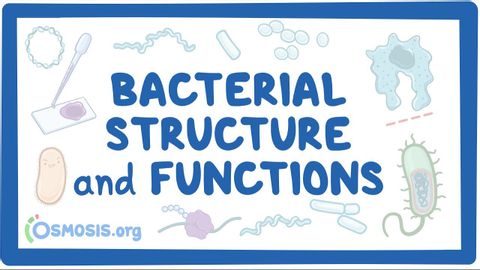細菌的結構和功能 (Bacterial Structure and Functions)
林韋ㄨㄟˊ萱 發佈於 2024 年 10 月 04 日  沒有此條件下的單字
沒有此條件下的單字US /ɪˈsɛnʃəl/
・
UK /ɪ'senʃl/
US /məˈtɪriəl/
・
UK /məˈtɪəriəl/
- n. (c./u.)布料;素材;資料;材料;物質
- adj.重要的;物質的
US /ɪˈlɪməˌnet/
・
UK /ɪ'lɪmɪneɪt/
US /ˈmʌltəpəl/
・
UK /ˈmʌltɪpl/
- adj.多重的;多種的;多發性的;多重的
- n. (c.)多;多個的;乘數
- pron.多重的
